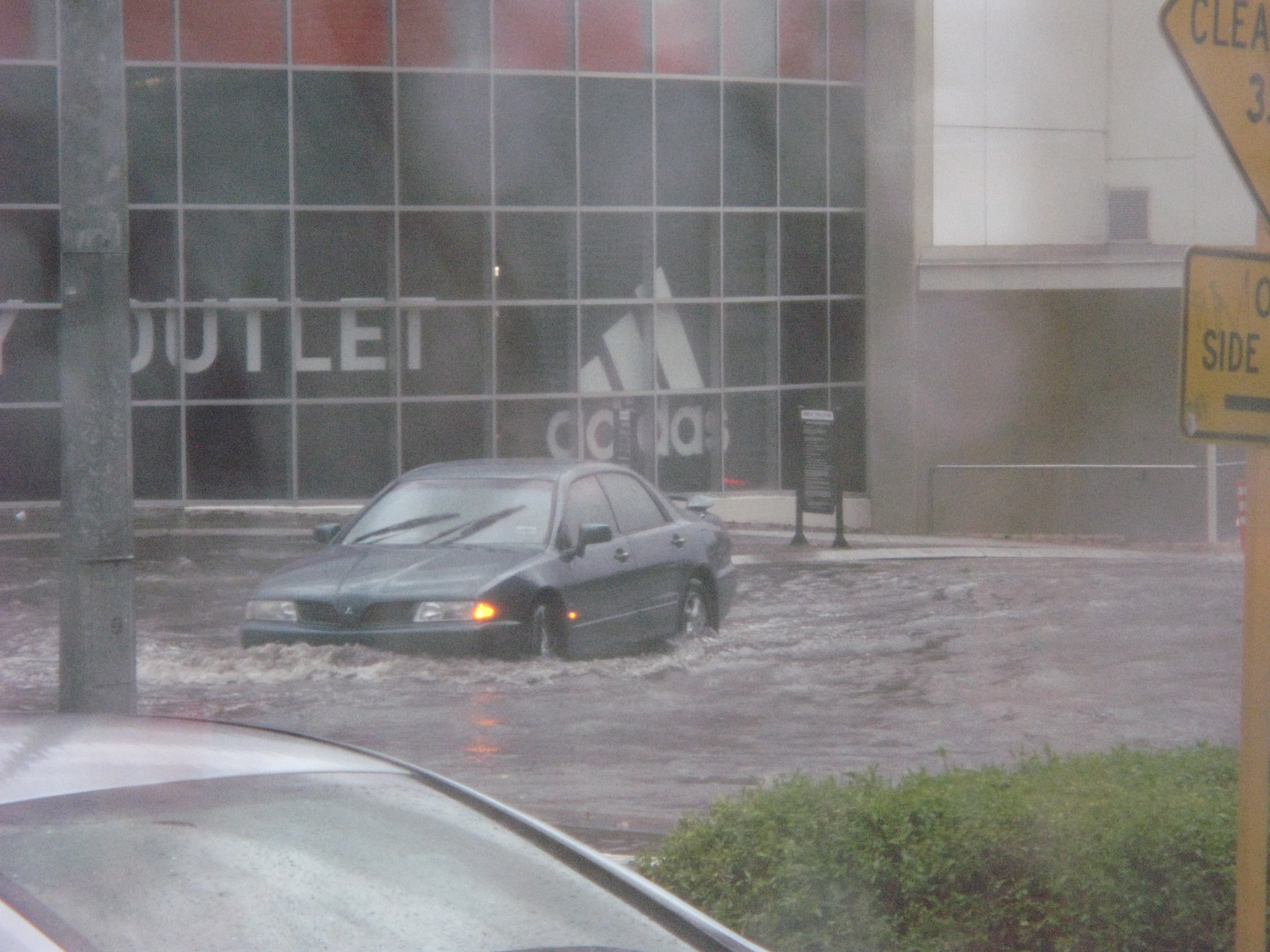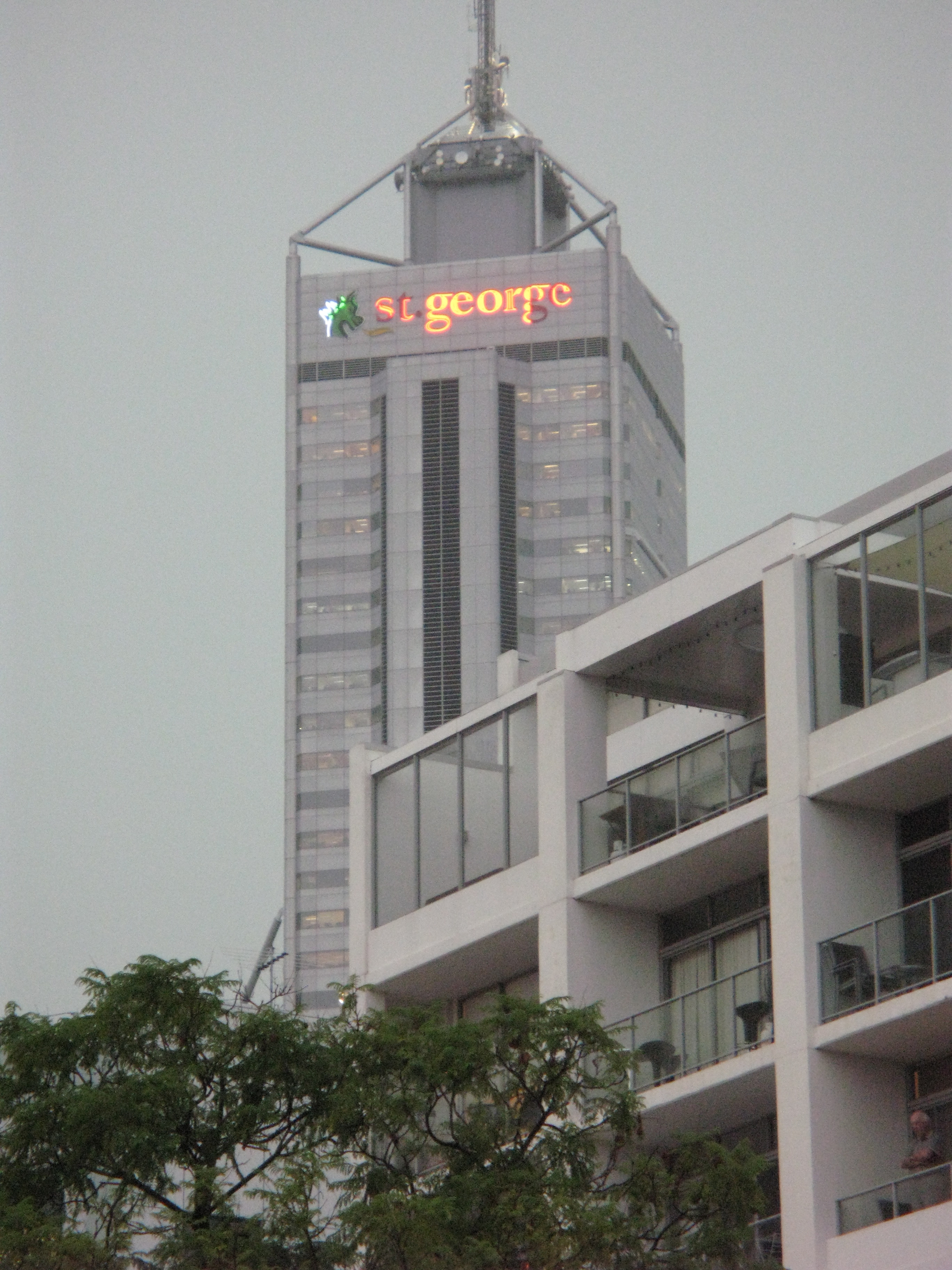2010 Perth Hail Storm on:
[Wikipedia]
[Google]
[Amazon]
 The 2010 Western Australian storms were a series of storms that travelled over southwestern Western Australia on 21 and 22 March 2010. One of the more intense storm cells passed directly over the capital city of Perth between 3:30pm and 5:00pm on Monday 22 March 2010. It is the costliest natural disaster in Western Australian history, with the damage bill estimated at $1.08 billion.
The storms brought extensive
The 2010 Western Australian storms were a series of storms that travelled over southwestern Western Australia on 21 and 22 March 2010. One of the more intense storm cells passed directly over the capital city of Perth between 3:30pm and 5:00pm on Monday 22 March 2010. It is the costliest natural disaster in Western Australian history, with the damage bill estimated at $1.08 billion.
The storms brought extensive

 Around 12,000 individual insurance claims were made in the 24 hours after the storms. The damage zone was defined by a loop from Geraldton to Mandurah through Cue, Merredin and Katanning. A week after the storm, the damage bill was estimated to have reached A$650 million, and was still climbing, making it the most expensive catastrophe in Western Australian history.
Over 100 people were evacuated from apartments near Kings Park in central Perth after heavy rain cause a large mudslide.
Several high schools in Perth's northern suburbs did not open on 23 March due to extensive storm damage. According to the Education Department there was damage to about 70 per cent of classrooms at Ocean Reef High School.
Around 12,000 individual insurance claims were made in the 24 hours after the storms. The damage zone was defined by a loop from Geraldton to Mandurah through Cue, Merredin and Katanning. A week after the storm, the damage bill was estimated to have reached A$650 million, and was still climbing, making it the most expensive catastrophe in Western Australian history.
Over 100 people were evacuated from apartments near Kings Park in central Perth after heavy rain cause a large mudslide.
Several high schools in Perth's northern suburbs did not open on 23 March due to extensive storm damage. According to the Education Department there was damage to about 70 per cent of classrooms at Ocean Reef High School.
"Severe Thunderstorms in Perth and southwest WA"
Australian Bureau of Meteorology {{DEFAULTSORT:2010 Western Australian Storms Western Australian storms Western Australian Storms, 2010 Western Australian Storms, 2010 Natural disasters in Australia 2010s in Perth, Western Australia
hail
Hail is a form of solid precipitation. It is distinct from ice pellets (American English "sleet"), though the two are often confused. It consists of balls or irregular lumps of ice, each of which is called a hailstone. Ice pellets generally fal ...
, strong winds and heavy rain, causing extensive damage to vehicles, property and trees, and flash flood
A flash flood is a rapid flooding of low-lying areas: washes, rivers, dry lakes and depressions. It may be caused by heavy rain associated with a severe thunderstorm, hurricane, or tropical storm, or by meltwater from ice or snow flowing o ...
ing, as well as the first significant rainfall in Perth since 20 November 2009.
The hail stones are the largest ever known to have occurred in Perth and were around in diameter, which caused extensive damage to property across the city, including schools, hospitals, universities and power infrastructure. Wind gusts were recorded at around . At the peak, around 158,000 homes in Perth, Mandurah and Bunbury lost electric power. Telephone lines were cut to thousands of homes until the next day, and the storms led to an estimated A$200 million worth of insurance claims within three days, with $70 million within the first 24 hours. It was identified as the most expensive natural disaster in Western Australia's history, and was declared a natural disaster by the Premier
Premier is a title for the head of government in central governments, state governments and local governments of some countries. A second in command to a premier is designated as a deputy premier.
A premier will normally be a head of governm ...
, Colin Barnett, allowing federal and state funds to be used for disaster relief.
The storm brought an end to a lengthy dry spell in Perth, with of rain falling at Mount Lawley – the fifth highest daily rainfall recorded for a March day in Perth. Over half of this fell in just 10 minutes. This was the first significant rainfall since 20 November 2009; only had fallen in the entire period. It was similar to storms which struck Melbourne on 6 March 2010.
Storm timeline
During the warmer summer months, low-level surface troughs normally cross over the west coast of Australia, which often leads to isolated thunderstorm development in inland Western Australia, only occasionally reaching the coast (such as on 20 December 2009, when a storm developed south of Perth and gave the city of Mandurah of rain for the month). However, on 21 and 22 March 2010, high surface dew points and temperatures combined with a low to the west of WA caused rare northerly winds to occur. This meant any storms that formed would be pushed southwards instead of the normal easterly pattern. 21 March 2010 Storms formed in the Geraldton region during the afternoon, putting an end to the city's fourth-longest dry spell, with of rainfall recorded at Geraldton. The township of Badgingarra (halfway between Perth and Geraldton) bore the brunt of storms on both days, receiving . Storms also developed in inland parts of theGascoyne
The Gascoyne region is one of the nine administrative regions of Western Australia. It is located in the northwest of Western Australia, and consists of the local government areas of Carnarvon, Exmouth, Shark Bay and Upper Gascoyne. The Ga ...
, where Cue got over of rainfall and Mount Magnet
Mount is often used as part of the name of specific mountains, e.g. Mount Everest.
Mount or Mounts may also refer to:
Places
* Mount, Cornwall, a village in Warleggan parish, England
* Mount, Perranzabuloe, a hamlet in Perranzabuloe parish, C ...
received .
22 March 2010
The Geraldton storm moved out towards the coast during the morning, skipping Perth, but not before putting an end to nearby Mandurah's dry spell with of rainfall and later Bunbury where fell. Seven pole-top fires cut power to 1,200 homes across both cities.
A severe thunderstorm warning was later declared for the central west (around Geraldton), lower west (including the cities Perth and Mandurah), central Wheatbelt, Great Southern and southern Gascoyne
The Gascoyne region is one of the nine administrative regions of Western Australia. It is located in the northwest of Western Australia, and consists of the local government areas of Carnarvon, Exmouth, Shark Bay and Upper Gascoyne. The Ga ...
regions of Western Australia at 9.45am. It was amended at 2.30pm to indicate the threat to Perth.
As predicted, storms began to develop in the Jurien Bay area around 2pm, bringing another to an already sodden Badgingarra. At 3pm, the main storm moved over Gingin, dropping the temperature from at 3.06pm to at 3.33pm, and delivering to the township. Perth was next in line for the storms, which first hit the northern suburbs around the Cities of Joondalup and Wanneroo, where fell in two hours at the suburb
A suburb (more broadly suburban area) is an area within a metropolitan area, which may include commercial and mixed-use, that is primarily a residential area. A suburb can exist either as part of a larger city/urban area or as a separate ...
itself. Hail
Hail is a form of solid precipitation. It is distinct from ice pellets (American English "sleet"), though the two are often confused. It consists of balls or irregular lumps of ice, each of which is called a hailstone. Ice pellets generally fal ...
stones with diameters of 3–5 cm were reported around suburbs like Osborne Park, Nollamara
Nollamara is a suburb of Perth, Western Australia. Its Local government areas of Western Australia, local government area is the City of Stirling.
The name "Nollamara" is a Noongar language, Noongar word for the flowering plant ''Macropidia'', ...
and Craigie, while hailstones were measured in the inner Perth suburb of Wembley.
By 4pm, the Perth storm had reached the southern suburbs and damaging wind gusts had been reported at the suburb of Jandakot (96 km/h). Jarrahdale, to the southeast of Perth, received in half an hour, exceeding the conditions required for a 1 in 100-year flood in terms of a period from 15 to 30 minutes. However, the storm began to lessen in intensity and become larger, forming a multi-squall line as it moved further south. A second wave of storm activity developed behind the first set, delivering further falls to northern Perth. Around 4.30pm, a severe thunderstorm warning was issued for Mandurah and surrounding areas. However, the storm had begun to move further inland, resulting in no hail reported in Mandurah or Rockingham and 17.4/13.4 mm at Garden Island and Mandurah respectively while inland towns such as Dwellingup and Waroona received 30.2 and 26.8mm respectively.
Building damage
Shenton College
Shenton College is a public co-educational partially selective high school, located in Shenton Park, a suburb of Perth, Western Australia.
History
Shenton College was established in January 2001 through the amalgamation of Swanbourne and Holly ...
, Mindarie Senior College
Mindarie Senior College is an Independent Public Schools, independent public senior Secondary education#Australia, high school, located in the Perth outer northern suburb of Mindarie, Western Australia.
Established in 2003, the school provides ...
, Duncraig Senior High School, Tuart College and Heathridge Primary School were also closed, as was Perth Modern School for students in years 8, 9 and 10.
Car damage
Tens of thousands of cars were damaged by the hail. The cost of fixing the dented panels is high, so many of these damaged cars were written off by the insurance companies covering the damage. The storm dropped a lot of large hail on both a major vehicle retail area Osborne Park damaging millions of dollars of new and used cars (both directly and indirectly when buildings were damaged) and on the Kwinana Freeway.See also
*Severe storms in Australia
Severe storms in Australia refers to the storms, including cyclones, which have caused severe damage in Australia. For comparisona comprehensive list of all damaging stormscan be found on the Australian Bureau of Meteorology website.
Australia ...
*2010 Victorian storms
The 2010 Victorian storms were a series of storms that passed through much of the Australian state of Victoria on 6 and 7 March 2010. One of the most severe storms passed directly over Greater Melbourne, bringing lightning, flash flooding, very ...
*Climate of Perth
Perth, the capital city of the state of Western Australia, has a Mediterranean climate (Köppen climate classification ''Csa''), with hot, dry summers and mild, wet winters. February is the hottest month of the year, with an average high of , a ...
* Extreme weather
Footnotes
External links
"Severe Thunderstorms in Perth and southwest WA"
Australian Bureau of Meteorology {{DEFAULTSORT:2010 Western Australian Storms Western Australian storms Western Australian Storms, 2010 Western Australian Storms, 2010 Natural disasters in Australia 2010s in Perth, Western Australia